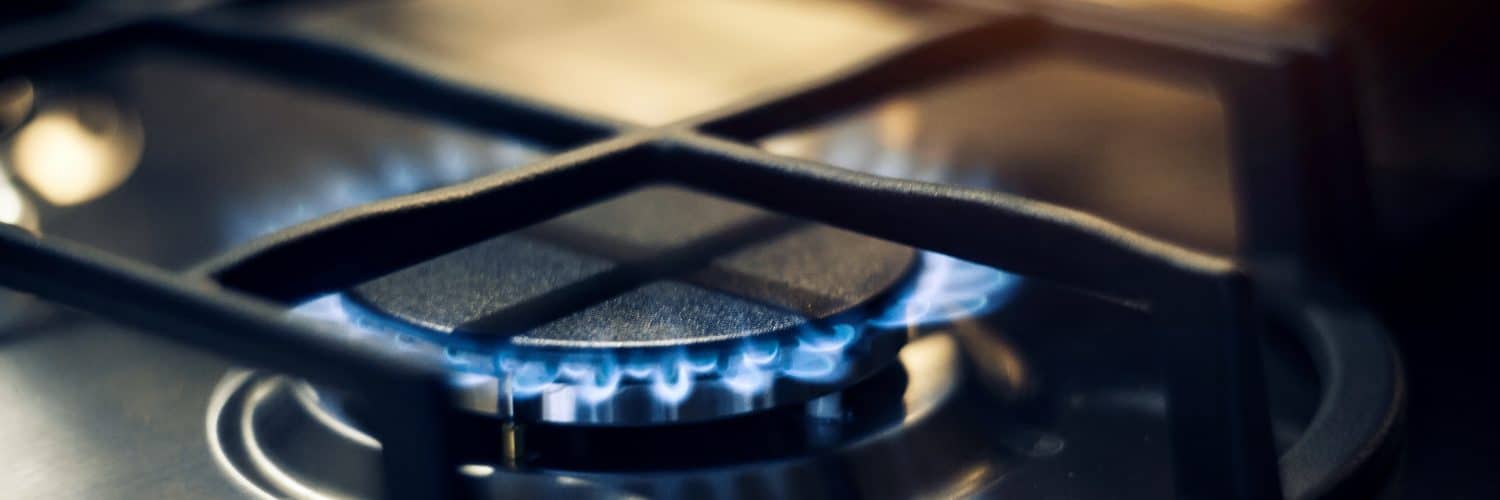Henry Hub natural gas futures have soared over US$8/MMBtu, trading at US$8.63/MMBtu as of 1:15pm EDT Thursday afternoon. Futures have rallied this week, reaching the highest level since 2008 amid the ongoing Russian-Ukraine conflict, which is impacting global energy markets. Supply concerns persist, as domestic power burn demand is set to increase with warm summer weather, and robust liquefied natural gas (LNG) exports to Europe and Asia remain steady. US dry natural gas production is increasing slowly, estimated at 93.9 Bcf/d, an all-time high for this time of year, but not at levels to significantly reduce the storage deficit. As reported in the EIA April monthly report, US dry natural gas production in February 2022 was 94.1 Bcf/d, 9.1% higher than February 2021, and the second highest level for the month since 1973. This is eleven consecutive months of year-over-year increases, with US production projected to trend up slowly but steadily over the following 12 months. Some analysts believe the market is overbought and could pull back this summer, as the market narrative changes from a technical focus to a fundamentals-based approach, but the risk of volatility remains.
The EIA estimated working gas storage was 1,567 Bcf for the week ending April 29th, following an overall injection of 77 Bcf. The bearish build was larger than market expectations averaging 68 Bcf, but not enough to ease undersupply concerns. Storage levels are now 19.6% below year-ago levels and, relative to the five-year average, 16.3% less.
In Canada, the April AECO 5a spot price averaged C$6.61/GJ, up 37% from March’s price of C$4.83/GJ. The Dawn index averaged C$7.68/GJ, up 36% from March’s average of C$5.64/GJ. Global natural gas markets continue to influence domestic prices, which are at 14-year highs, along with cooler weather and record-low storage inventories. Prompt-month futures for AECO are trading at C$7.53/GJ, while Dawn is trading at C$9.997/GJ. Prices have risen, with week-over-week increases of $1.08/GJ and $1.47/GJ at AECO and Dawn, respectively. Point Logic reports Canadian natural gas storage for the week ending April 29th was sitting at 231 Bcf, after an overall injection of 6 Bcf. Eastern Canadian storage had an injection of 7 Bcf, while Western Canadian storage had a withdrawal of 1 Bcf. Strong Canadian exports to the US have continued to keep Western Canada injections close to zero. Storage inventories are 33.6% below the 5-year average and 29.4% below storage levels last year at this time. Canadian storage is 26% full, with Eastern storage levels now at 22% of capacity and Western storage 30% full. An injection of 8 Bcf is expected for the week ending tomorrow.
– Karyn Morrison, Energy Advisor








Add comment